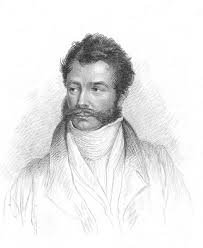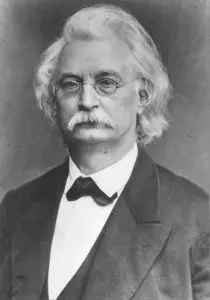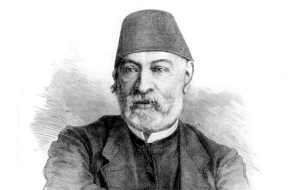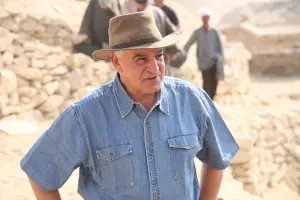Today we know about the ancient Egyptian civilization. The study of Egyptology fascinates many of us. Egyptology is basically the study of ancient Egyptian culture. Apart from the Great Pyramids and other in situ monuments, a huge number of antiquities are there present in several museums not only in Egypt but also in all around the world. In one sentence, we have a great archaeological source to understand this ancient culture.
So, here comes the main point. This is about the people who shaped the study of Egyptology from its initial stage. Thus, this article will discuss some of those great personalities without whose contribution Egyptology is incomplete.
1. Giovanni Belzoni (1778-1823)
It was the time when even Egyptology did not form as a discipline of research. Very few people contributed themselves to uncovering the ancient past of Egypt. Giovanni Belzoni was one of them. He was an adventurer born in Padua. During the time period between 1815-1819, he initiated excavations and discoveries in Egypt.
British Museum in London preserved many of his findings. He discovered six tombs at the valley of kings. Besides this, he was the first person to enter the Abu Simbel temple for the first time. He also reached the funeral chamber in the Pyramid of Khafre. So, we can see his keen interest and contribution towards the archaeological discoveries in ancient Egypt during the initial stage.

2. Ippolito Rosellini (1800-1843)
Ippolito Rosellini was a student of Champollion. Both these people had no direct interest in uncovering the ancient past of Egypt. But their main aim was to increase Egyptian collections in France and Italy. So, they traveled to Egypt. They mainly initiated scientific expeditions, excavations and copied hieroglyphs from Egypt. Besides these, he also classified Egyptian findings.
The most remarkable contribution of Rosellini to the study of the ancient Egyptian culture is his work, ‘Monumenti dell’ Egitto e della Nubia’. It has a total of ten volumes. The first volume was published in 1832. He made beautiful illustrations of his findings and understandings here which even today is really helpful in Egyptology.

3. Karl Richard Lepsius (1810-1884)
Champollion started research works on Egyptian grammar. Later the person who completed that research work was Karl Richard Lepsius. He discovered the Decree of Canopus in 1866. Besides this, he also studied Egyptian collections in Europe.
His main achievement was the finding of the ‘Decree of Canopus’ in 1866. The Egyptian Museum in Berlin preserves and showcases many of his findings.

4. Auguste Mariette (1821-1881)
Auguste Mariette was a scholar of ancient Egypt and hieroglyphs. He also contributed a lot towards the development of Egyptology. His main achievement was the finding of the Serapeum at Memphis in 1851.
Presently, the Cairo Museum in Egypt is playing a great role in preserving the ancient Egyptian antiquities. Here we must mention the name of Mariette. Because this person took a keen responsibility in establishing this museum as his main motto was to stop the looting of antiquities.

5. William Matthew Flinders Petrie (1853-1942)
The person who dedicated most of his life to the development of the ancient Egyptian studies was William Matthew Flinders Petrie. For more than a period of 40 years, he worked as an Egyptologist. During this time period, he participated in 38 excavations.
Apart from these, he applied revolutionary methods to the observation and the study of the antiquities. His other achievement was his 100 publications. Because his publications serve as a very reliable source of ancient Egyptian history.

6. Howard Carter (1873-1939)
Whenever the discussion of ancient Egypt starts, the picture of Great Pyramids at Giza come to our mind. But, ancient Egypt gave us another thing to be discussed enormously besides Great Pyramids. It is the tomb of Tutankhamun. Here comes the name of Howard Carter. Because he discovered this tomb.
In the month of November 1922, he discovered the steps leading to the tomb. Later, on 16 February 1923, he opened the funerary chamber of the pharaoh. It was his major achievement which even today fascinates everyone about the mysteries of ancient Egypt.

7. Zahi Hawass (1947-present)
Till now, we have discussed six late personalities who shaped the study of Egyptology in its initial stage. Now, here comes the mention of personality who is alive now and has been serving for ancient Egyptian studies for a long time. It is Dr. Zahi Hawass.
His main achievement was the use of computerized tomography in studying mummies. Specifically. he used this method in studying the mummies of Tutankhamun and his relatives. Apart from these, he served as the head of the Supreme Council of antiquities for almost ten years. He also served as the Egyptian Minister of Antiquities.
